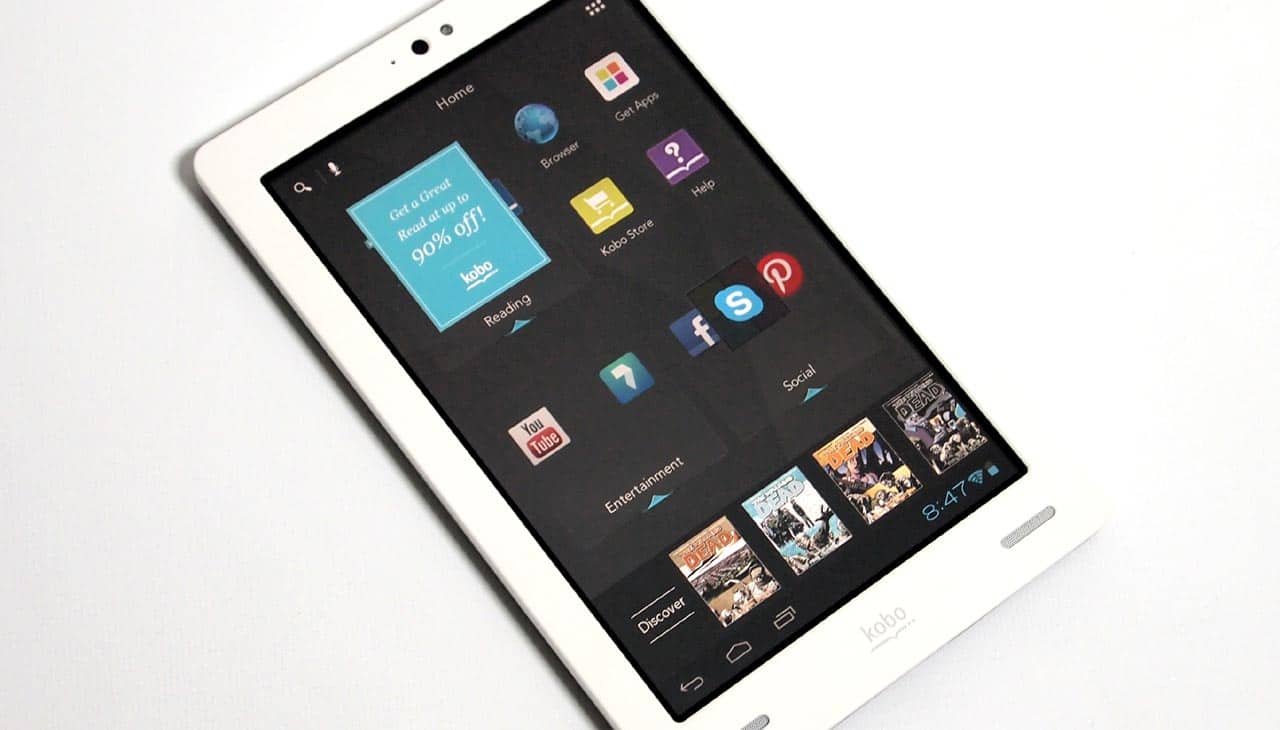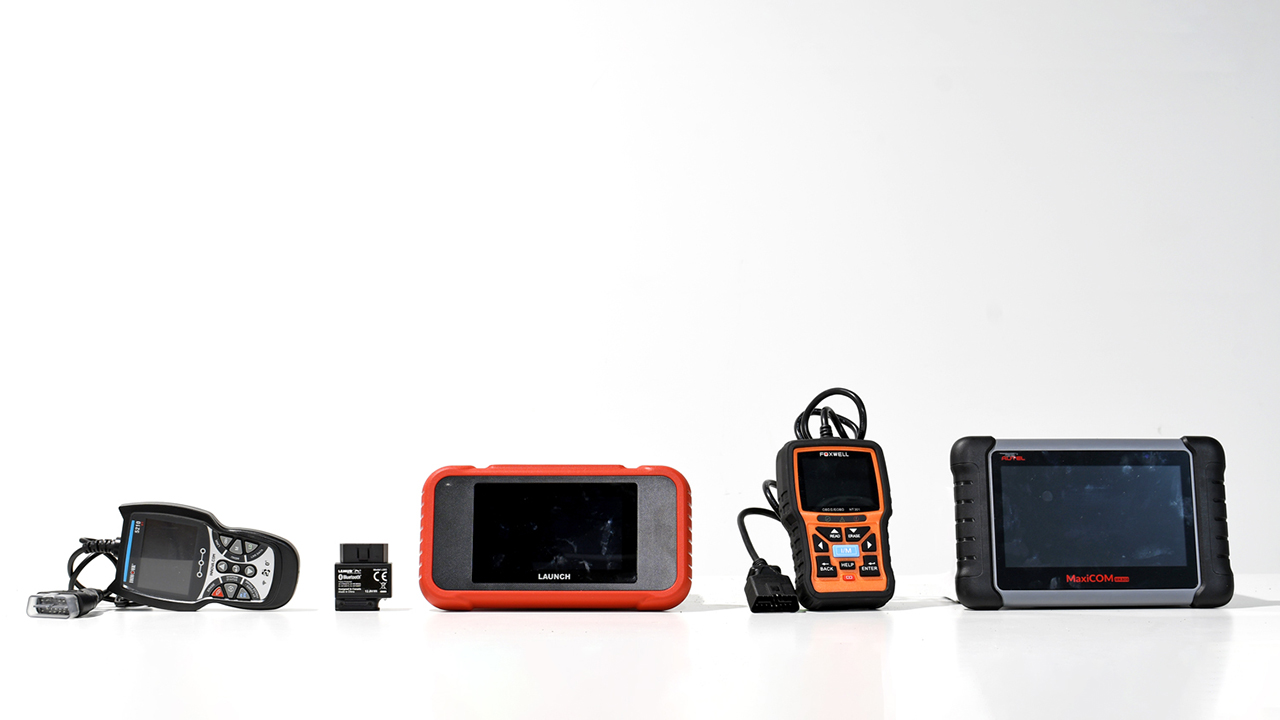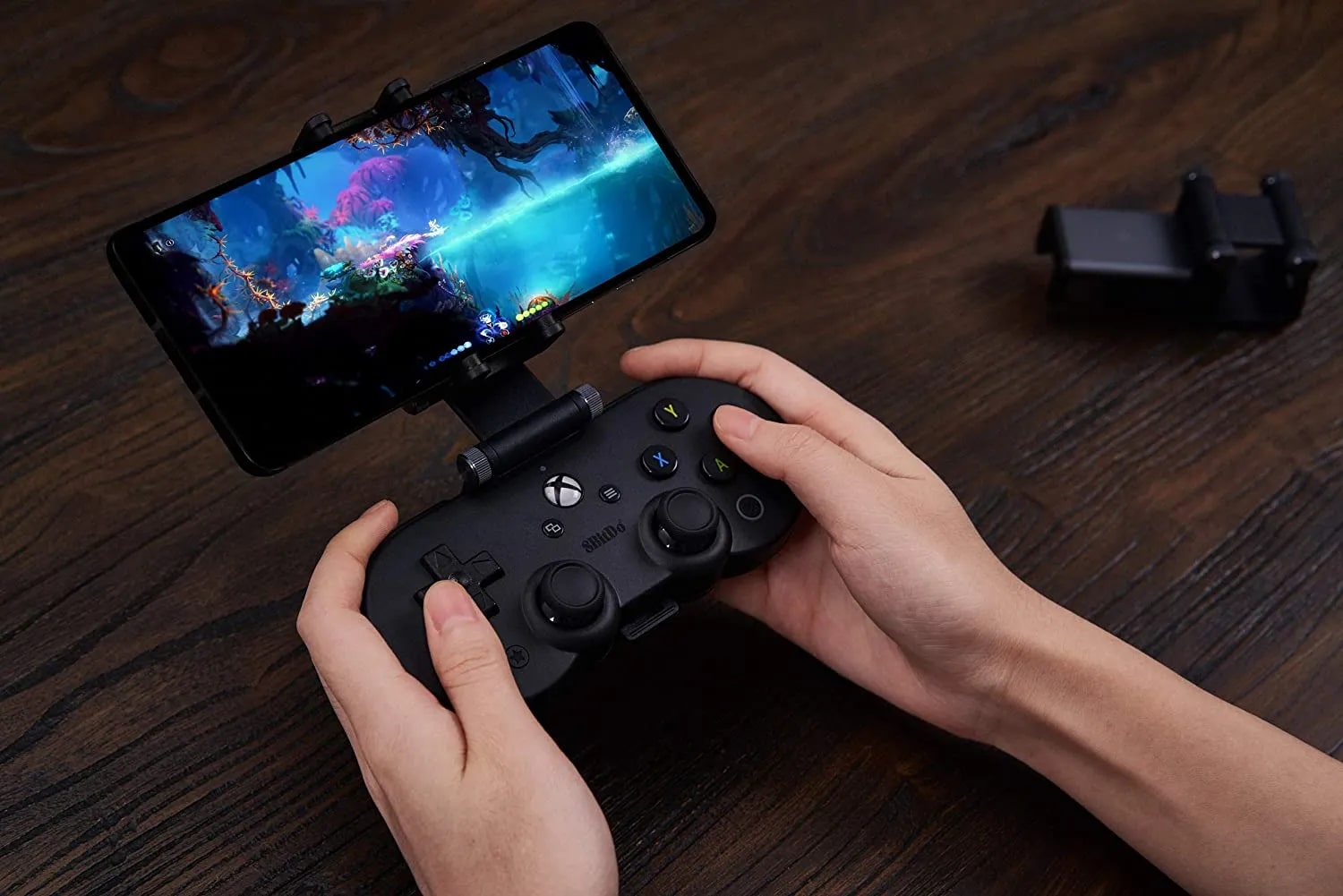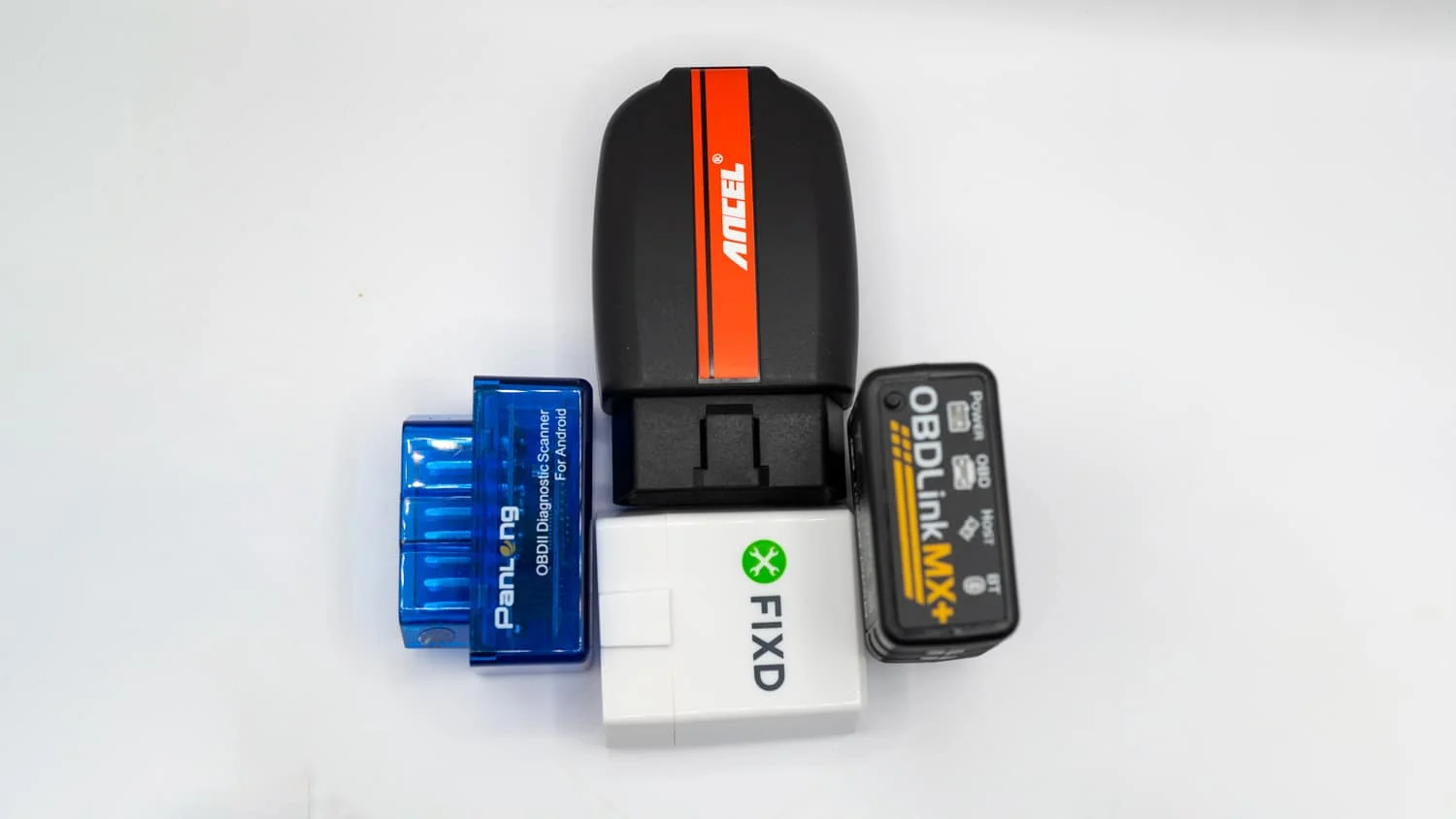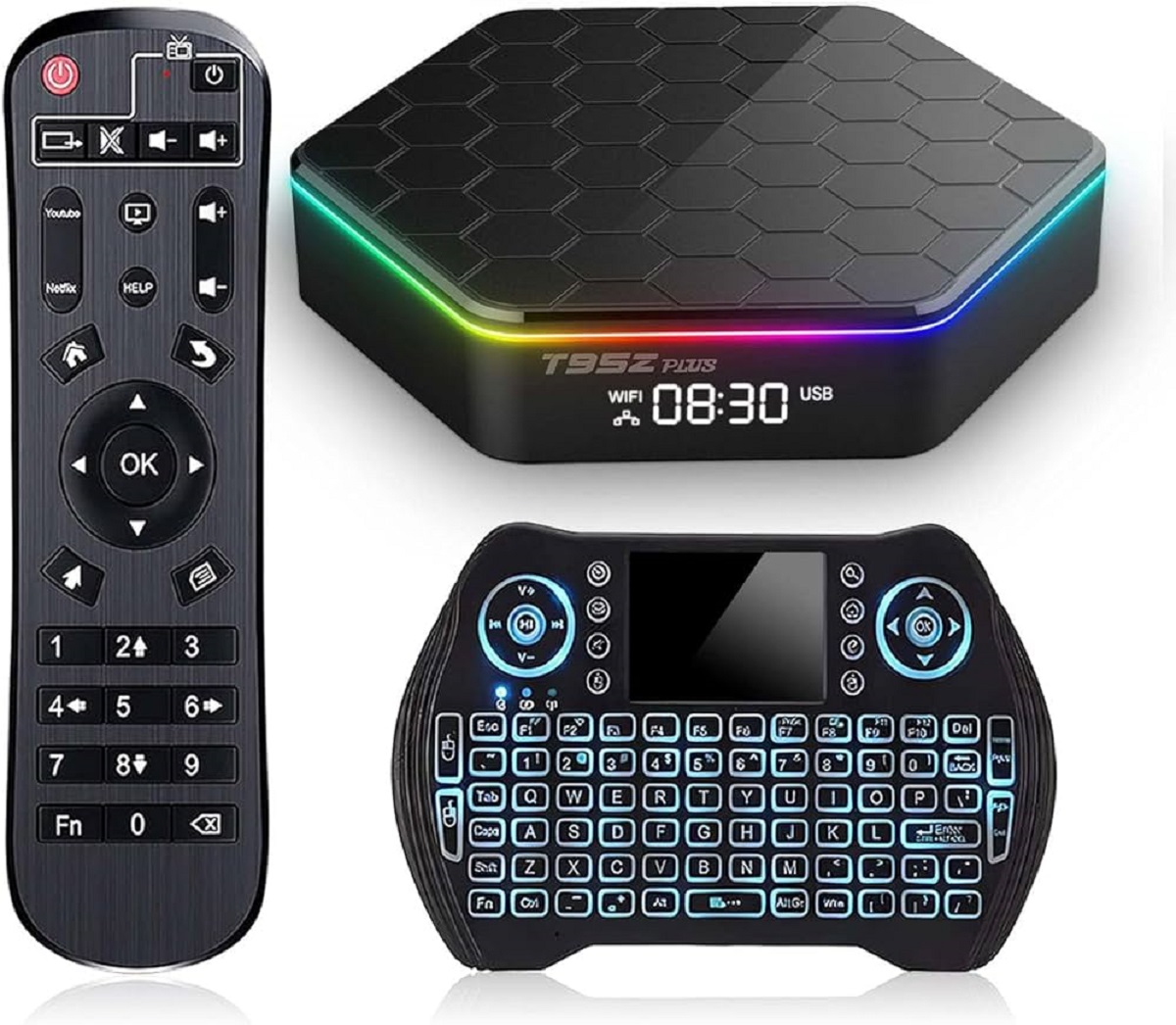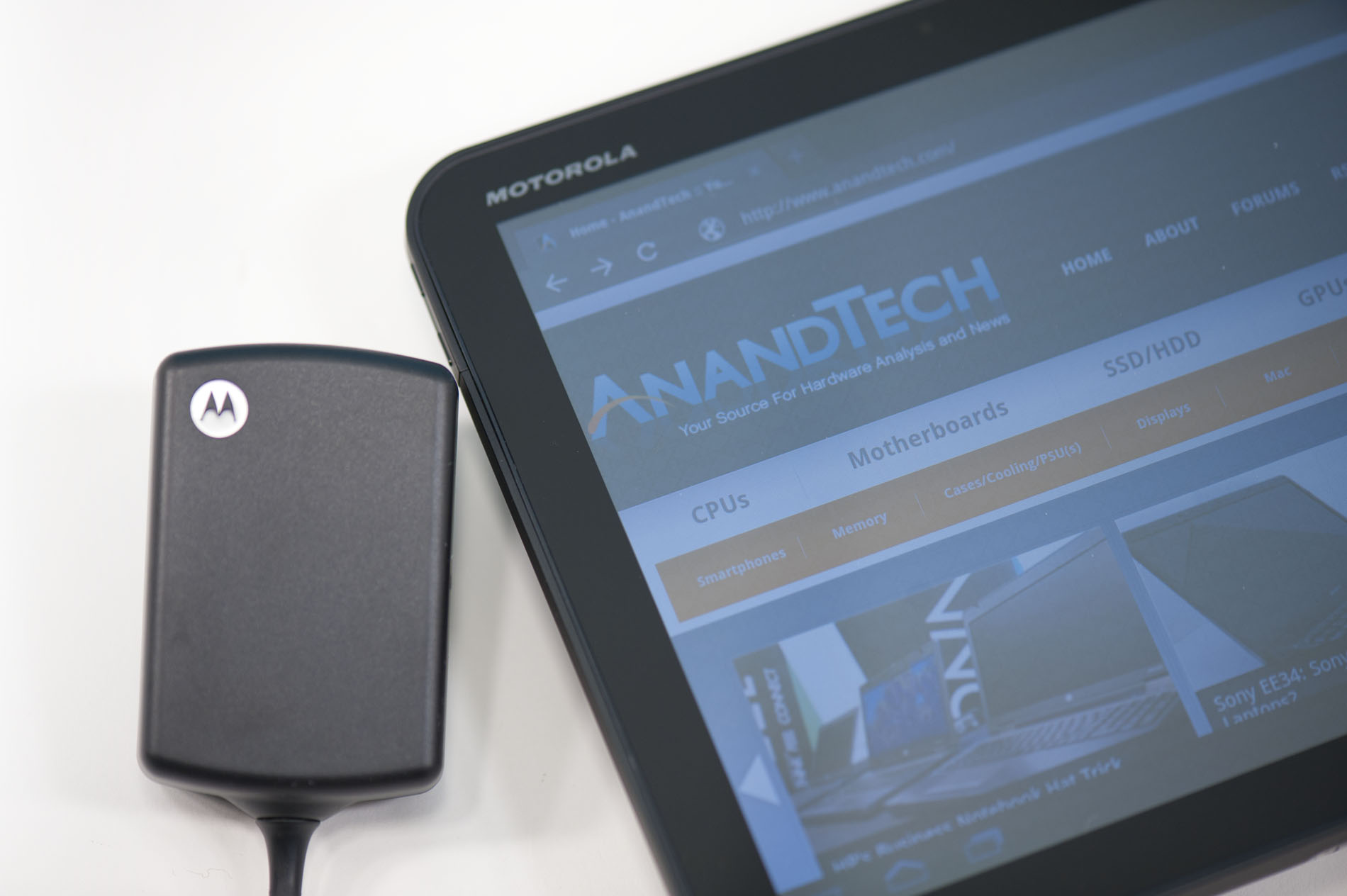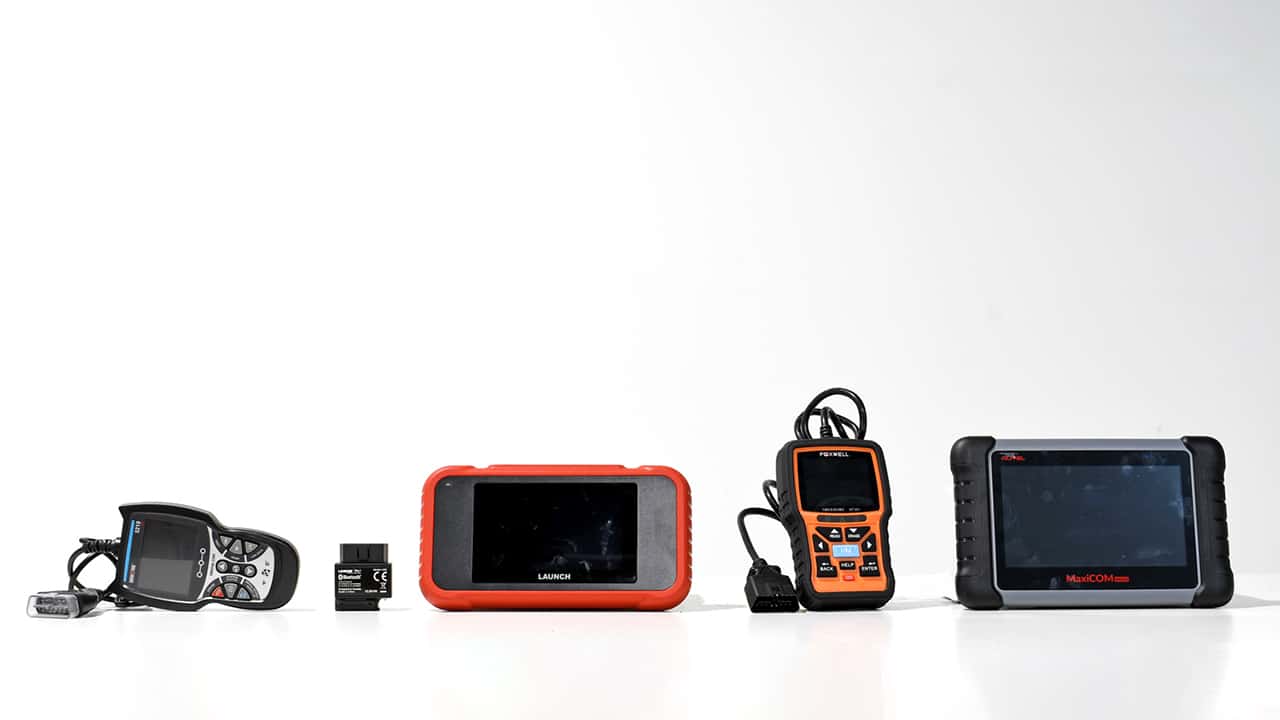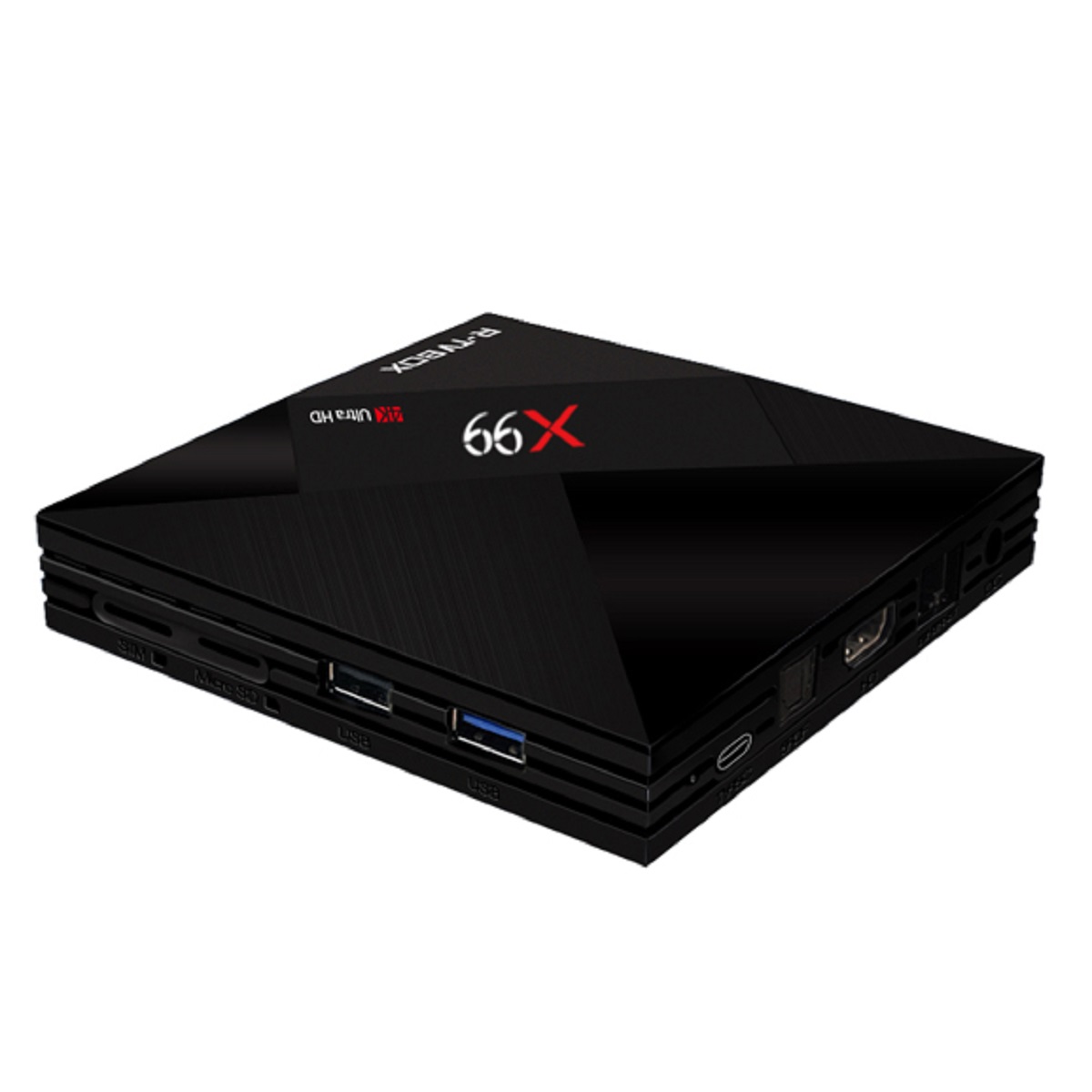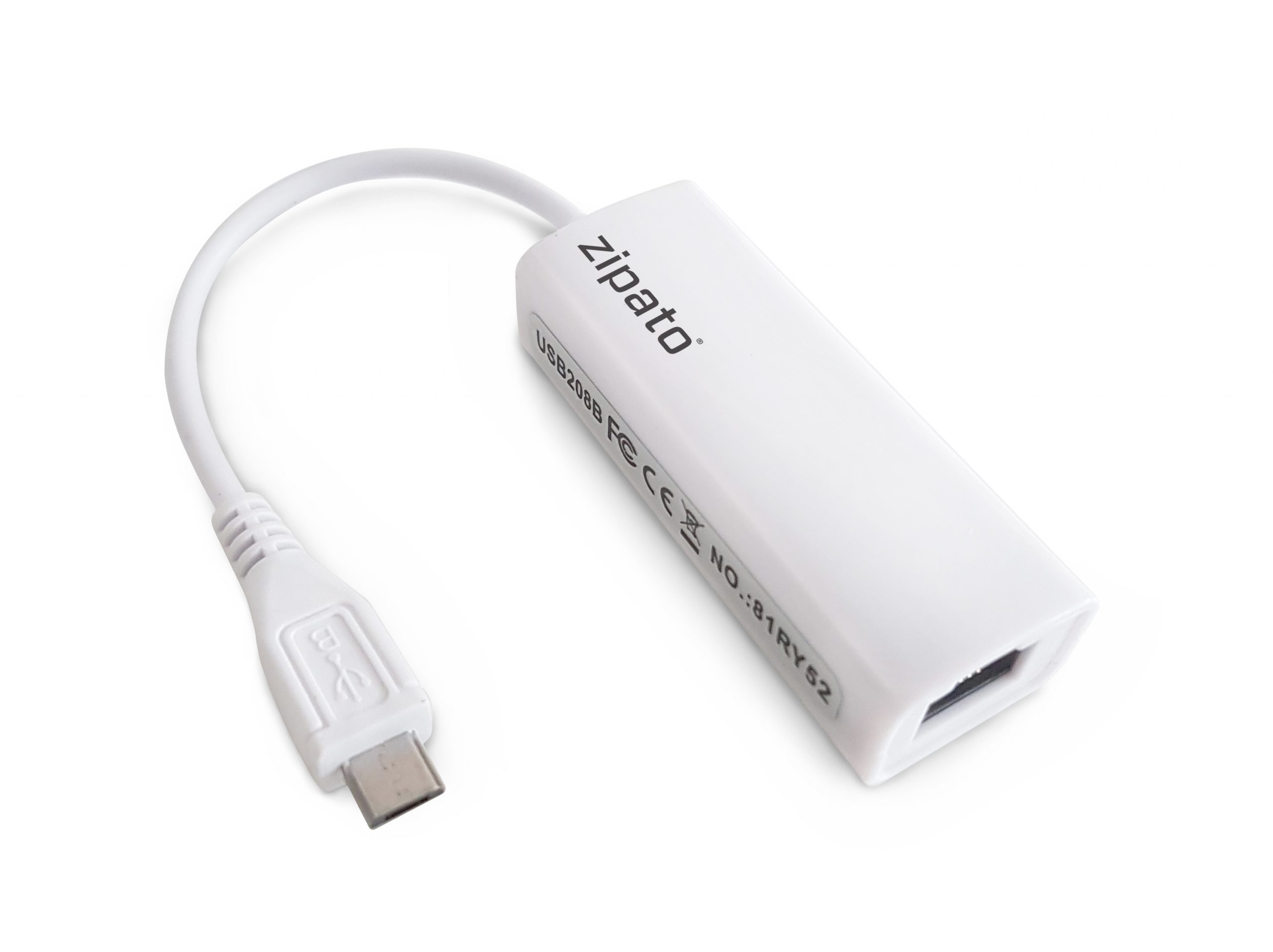<
>Introduction<
>
With the rapid advancement of technology, tablets have become an integral part of our daily lives. These portable devices offer a wealth of features and functionality that make them ideal for work, entertainment, and everything in between. One of the most popular operating systems for tablets is Android, and specifically Android 4.0, also known as Ice Cream Sandwich.
Android 4.0 is the fourth major release of the Android operating system, developed by Google. It introduced a range of new features and improvements that enhanced the overall user experience. When combined with the power and versatility of a tablet, Android 4.0 offers a compelling package for tech-savvy individuals and casual users alike.
So, what exactly is an Android 4.0 tablet? In simple terms, it is a tablet computer that runs on Android 4.0 as its operating system. It provides users with a sleek and intuitive interface, a wide variety of applications, and seamless integration with Google services.
Android 4.0 tablets have gained immense popularity due to their versatility, portability, and affordability. Whether you’re a student, a professional, or simply someone who wants to stay connected on the go, an Android 4.0 tablet can be a valuable companion.
In this article, we will explore the features, benefits, and considerations of using an Android 4.0 tablet. We will also discuss some popular options available on the market and provide tips on how to choose the right one for your needs. So, if you’re ready to dive into the world of Android 4.0 tablets, let’s get started!
<
>What is Android 4.0?<
>
Android 4.0, also known as Ice Cream Sandwich, is the fourth major release of the Android operating system. It was launched by Google in 2011 and brought a multitude of new features and improvements to enhance the user experience.
One of the key highlights of Android 4.0 is its redesigned user interface. The interface is sleek, intuitive, and offers a more streamlined experience compared to previous versions of Android. The visual overhaul includes a cleaner design, smoother animations, and enhanced multitasking capabilities.
Android 4.0 also introduced several innovative features that significantly improved the functionality of the operating system. One of these features is Face Unlock, which uses facial recognition technology to unlock the device. This eliminates the need for traditional passwords or PINs, providing a more convenient and secure method of access.
Another notable feature of Android 4.0 is the improved web browsing experience. The built-in browser offers better performance, faster loading times, and support for HTML5. Users can enjoy a seamless browsing experience, with the ability to open multiple tabs, sync bookmarks across devices, and save web pages for offline reading.
Android 4.0 also introduced a more advanced text input system, making typing on a touchscreen device easier and more accurate. The keyboard has been enhanced with improved autocorrect, word prediction, and voice input capabilities, making it more intuitive and efficient.
Furthermore, Android 4.0 brought significant improvements to the camera functionality. It introduced features such as zero shutter lag, continuous focus, and improved image quality, allowing users to capture stunning photos and videos with their Android 4.0 tablets.
Overall, Android 4.0 represents a major leap forward in terms of design, functionality, and performance for the Android operating system. It provides users with a seamless and intuitive experience, making it a popular choice for both casual users and tech-savvy individuals alike.
What is a Tablet?
In today’s technological era, tablets have become an integral part of our modern lifestyle. A tablet is a portable computing device that combines the functionality of a laptop and a smartphone into a single, compact device. Its form factor is characterized by a flat, touchscreen display, which is operated using touch gestures and a virtual keyboard.
Unlike traditional laptops, tablets prioritize portability and convenience. They are slim, lightweight, and easy to carry, making them perfect for users on the go. Tablets are designed to provide a versatile and immersive user experience, offering a range of features and functionalities for work, entertainment, communication, and more.
The hallmark of a tablet is its touchscreen display, which allows users to interact directly with the device by tapping, swiping, pinching, and zooming. This intuitive touch interface eliminates the need for a physical keyboard and mouse, providing a more natural and engaging user experience.
A tablet offers a wide range of capabilities and functionalities that make it suitable for various tasks. It can be used for web browsing, reading e-books, watching videos, playing games, editing documents, social networking, and much more. Tablets also have access to a vast ecosystem of applications (apps) that can be downloaded and installed from app stores, allowing users to customize their device according to their needs and preferences.
Furthermore, tablets usually have built-in cameras, speakers, and microphones, enabling users to capture photos and videos, make video calls, and enjoy multimedia content with ease. They also offer wireless connectivity options such as Wi-Fi and Bluetooth, allowing users to stay connected and share data effortlessly.
Tablets come in various sizes, from compact 7-inch models to larger 12-inch devices. The screen size dictates the overall form factor of the tablet and impacts its portability and display quality. Additionally, tablets also differ in terms of processing power, storage capacity, battery life, and operating systems.
In summary, tablets are portable computing devices that feature a touchscreen interface and offer a wide range of capabilities for work and entertainment. Their compact size, intuitive interface, and versatility make them a popular choice for users who require on-the-go productivity and entertainment options.
<
>What Makes an Android 4.0 Tablet Different?<
>
An Android 4.0 tablet stands out from other tablets due to the unique combination of its hardware and software. Android 4.0, also known as Ice Cream Sandwich, offers a range of features and functionalities that set it apart from other operating systems. Here are some key factors that make an Android 4.0 tablet different:
Open Source: Android is an open-source operating system, which means it is freely available to device manufacturers and developers. This openness allows for a wide range of customization options and a vast ecosystem of apps and tools, making Android 4.0 tablets highly versatile and adaptable.
Google Integration: Android 4.0 tablets seamlessly integrate with various Google services, such as Gmail, Google Maps, Google Play, and Google Drive. This integration provides users with access to a wealth of apps, content, and cloud storage options, making it easy to stay connected and productive.
Customization: Android 4.0 offers a high level of customization, allowing users to personalize their tablet according to their preferences. Users can customize the home screen, widgets, app icons, and more, making their Android 4.0 tablet truly their own.
Notification System: Android 4.0 introduced an enhanced notification system that provides users with timely and interactive notifications. Users can view and respond to notifications directly from the lock screen or the notification shade, without interrupting their current tasks.
Widgets and Multitasking: Android 4.0 tablets support widgets, which are interactive app components that provide quick access to information and functionality. Additionally, Android 4.0 introduced improved multitasking capabilities, allowing users to switch between apps effortlessly and run multiple apps simultaneously.
Gesture-based Navigation: Android 4.0 tablets feature intuitive gesture-based navigation, making it easy to navigate through apps, menus, and settings. Users can swipe, pinch, and tap to interact with their tablet, providing a smooth and natural user experience.
Access to Play Store: Android 4.0 tablets have access to the Google Play Store, which is the official app store for Android devices. It offers a vast selection of apps, games, movies, music, and more, providing users with endless entertainment and productivity options.
Regular Updates: Android 4.0 tablets benefit from regular updates and improvements from Google. These updates not only introduce new features but also enhance security and performance, ensuring that users have the latest and most optimized version of Android 4.0 on their tablets.
Overall, what makes an Android 4.0 tablet different is its open-source nature, seamless Google integration, customization options, enhanced notification system, support for widgets and multitasking, intuitive gesture-based navigation, access to the Play Store, and regular updates. These factors contribute to a unique and user-centric experience, making Android 4.0 tablets a preferred choice for many.
<
>Features and Specifications of an Android 4.0 Tablet<
>
An Android 4.0 tablet offers a wide range of features and specifications that contribute to its overall performance and functionality. Here are some common features and specifications you can expect to find in an Android 4.0 tablet:
Operating System: Android 4.0, also known as Ice Cream Sandwich, serves as the backbone of the tablet. It provides a user-friendly interface, access to a vast ecosystem of apps, and seamless integration with Google services.
Display: Android 4.0 tablets come in various screen sizes, ranging from compact 7-inch models to larger 12-inch devices. The displays are usually LED-backlit LCD screens that offer vibrant colors, sharp text, and wide viewing angles. Some tablets may also feature high-resolution displays for an enhanced visual experience.
Processor: An Android 4.0 tablet is equipped with a processor that determines its speed and performance. Common processors found in these tablets include quad-core or octa-core CPUs, providing smooth multitasking, fast app launches, and efficient power consumption.
Storage and Memory: Android 4.0 tablets usually offer a range of storage capacities, from 16GB to 128GB or more. In addition, they often have a microSD card slot that allows for expandable storage. RAM sizes typically range from 2GB to 4GB, ensuring smooth multitasking and efficient app performance.
Camera: Most Android 4.0 tablets come equipped with front and rear-facing cameras. The front camera is ideal for video calls and selfies, while the rear camera is primarily used for capturing photos and videos. Higher-end tablets may feature more advanced camera sensors, including high megapixel counts and optical image stabilization.
Battery Life: Battery life is an important consideration for any tablet. Android 4.0 tablets are designed to provide long-lasting usage, allowing users to enjoy multimedia, browse the web, and perform various tasks without the need for constant charging. The battery life can vary depending on usage, screen brightness, and other factors.
Connectivity: Android 4.0 tablets offer various connectivity options, including Wi-Fi, Bluetooth, and sometimes cellular connectivity. Wi-Fi allows users to connect to wireless networks for internet access, while Bluetooth enables wireless pairing with accessories such as keyboards, mice, and speakers. Cellular connectivity allows for internet access on the go, similar to a smartphone.
Audio and Multimedia: Android 4.0 tablets are equipped with built-in speakers and audio capabilities, allowing for audio playback and media consumption. Some tablets may also include headphone jacks or support Bluetooth audio for a more immersive audio experience. Additionally, they support various multimedia formats, making them ideal for watching videos and listening to music.
Software and App Support: Android 4.0 tablets have access to the Google Play Store, where users can download and install a vast range of apps, games, and utilities. Android 4.0 also supports popular productivity apps, such as word processors, spreadsheets, and presentation software, making it suitable for work-related tasks.
Overall, an Android 4.0 tablet combines a diverse range of features and specifications to deliver a versatile and immersive user experience. Whether you’re looking to stay connected, be entertained, or get work done on the go, an Android 4.0 tablet has the capabilities to meet your needs.
<
>Benefits of Using an Android 4.0 Tablet<
>
Using an Android 4.0 tablet offers a multitude of benefits that cater to various needs and preferences. Whether you’re a student, professional, or casual user, here are some of the advantages of using an Android 4.0 tablet:
Portability and Convenience: Android 4.0 tablets are designed to be slim, lightweight, and portable. They can be easily carried in a bag or even held with one hand, allowing you to take them wherever you go. This portability and convenience make them ideal for on-the-go productivity, entertainment, and communication.
Versatility: Android 4.0 tablets offer a wide range of functionalities and applications that cater to different needs. From browsing the web, reading e-books, and watching videos to editing documents, playing games, and managing emails, an Android 4.0 tablet can serve as a versatile tool for work and play.
Access to Google Services: Android 4.0 tablets seamlessly integrate with various Google services, such as Gmail, Google Maps, Google Drive, and more. This integration allows for easy access to emails, navigation, cloud storage, and other Google features, enhancing productivity and connectivity.
App Ecosystem: Android 4.0 tablets have access to the Google Play Store, which hosts a vast array of apps, games, and utilities. Whether you’re looking for productivity tools, entertainment apps, educational resources, or creative applications, the Google Play Store offers a wide selection to suit your needs.
Customization: Android 4.0 provides a high level of customization, allowing users to personalize their tablet according to their preferences. Users can choose from a variety of home screen layouts, widgets, wallpapers, and app icons, making their Android 4.0 tablet truly unique to their style and needs.
Seamless Integration with Other Devices: Android 4.0 tablets can easily connect and sync with other devices in the Android ecosystem. This includes smartphones, smartwatches, smart TVs, and other Android devices, allowing for seamless data transfer, synchronization, and collaboration.
Productivity and Work Efficiency: Android 4.0 tablets offer a range of productivity tools and apps that help enhance work efficiency. Users can access word processors, spreadsheets, presentation software, and note-taking apps, making it easier to work on the go and stay productive no matter where they are.
Entertainment and Multimedia: Android 4.0 tablets provide a rich multimedia experience, allowing users to enjoy movies, videos, music, and games with vibrant visuals and immersive sound. The large, high-resolution displays and powerful processors make for an enjoyable and engaging entertainment experience.
Regular Updates and Improvements: Android 4.0 tablets benefit from regular updates and improvements from Google. These updates not only introduce new features and enhancements but also ensure better security and performance. Users can enjoy the latest features and optimizations, keeping their Android 4.0 tablet up to date.
Overall, using an Android 4.0 tablet offers the advantage of portability, versatility, access to Google services and the app ecosystem, customization options, seamless integration with other devices, productivity tools, entertainment options, and regular updates. These benefits make Android 4.0 tablets a valuable companion for productivity, creativity, and entertainment in today’s fast-paced digital world.
<
>Popular Android 4.0 Tablets on the Market<
>
When it comes to Android 4.0 tablets, there are several popular options available on the market that offer a combination of performance, features, and value for money. Here are some well-known Android 4.0 tablets worth considering:
Samsung Galaxy Tab series: Samsung has been a leading player in the tablet market, and its Galaxy Tab series offers a range of options for users. The Galaxy Tab S7 features a stunning display, powerful processors, and an included stylus for enhanced productivity. The Galaxy Tab A series offers more affordable options without compromising on performance or features.
Lenovo Tab series: Lenovo’s Tab series includes budget-friendly and feature-rich Android tablets. The Lenovo Tab M10 offers a sleek design, excellent battery life, and solid performance for everyday tasks. The Lenovo Tab P11 Pro features a stunning OLED display, powerful hardware, and enhanced productivity features, making it suitable for both work and entertainment.
Amazon Fire tablets: Amazon’s Fire tablets run on a modified version of Android called Fire OS, which is based on Android 4.0. These tablets offer a great blend of affordability and usability. The Fire HD 10 and Fire HD 8 provide a solid performance, vibrant displays, and access to the vast library of Amazon content and services.
Huawei MediaPad series: Huawei’s MediaPad series offers a range of Android 4.0 tablets with impressive specifications. The MediaPad M5 and M6 feature high-resolution displays, powerful processors, and excellent audio quality, making them a great choice for multimedia consumption and productivity.
Google Nexus 7: Although it is no longer the latest model, the Google Nexus 7 remains a popular Android 4.0 tablet due to its solid performance and affordable price. It offers a high-resolution display, smooth multitasking, and access to the Google Play Store for a wide range of apps and content.
ASUS ZenPad series: ASUS ZenPad tablets feature sleek designs, vibrant displays, and powerful hardware. The ZenPad S3 10 offers impressive performance, a sharp display, and a range of optional accessories, making it a versatile choice for both work and play.
Sony Xperia Z4 Tablet: The Sony Xperia Z4 Tablet is a high-end Android 4.0 tablet with a sleek design, water-resistant construction, and a stunning 2K display. It boasts powerful hardware, excellent battery life, and a high-quality camera, making it suitable for both productivity tasks and multimedia enjoyment.
These popular Android 4.0 tablets offer different features, specifications, and price ranges. Whether you’re looking for a tablet with top-of-the-line performance, budget-friendly options, or a balance between work and entertainment features, there is something for everyone on the market.
<
>How to Choose the Right Android 4.0 Tablet for You<
>
With the wide variety of Android 4.0 tablets available on the market, choosing the right one can be a daunting task. However, by considering a few key factors, you can find a tablet that meets your specific needs. Here are some important factors to consider when choosing an Android 4.0 tablet:
Purpose and Usage: Determine how you plan to use the tablet. Are you primarily looking for a device for entertainment, productivity, or a mix of both? Knowing your intended usage will help narrow down your options.
Screen Size and Resolution: Consider the screen size and resolution that would best suit your needs. Smaller screens (7-8 inches) offer increased portability, while larger screens (10-12 inches) provide a better experience for media consumption and productivity tasks.
Processing Power and Memory: Assess the processor and memory specifications of the tablet. Faster processors and higher RAM capacity will ensure smooth multitasking, faster app launches, and overall better performance.
Storage Capacity: Determine how much storage you require. Consider if you need a tablet with built-in storage only or if you prefer one with a microSD card slot for expandable storage. This is important if you plan to store a large amount of media files, documents, or apps on your tablet.
Camera Quality: Assess the camera specifications if you plan to use the tablet for photography or video calls. Look for features such as high megapixel counts, autofocus, and image stabilization to capture quality photos and videos.
Battery Life: Consider the tablet’s battery life, especially if you plan to use it extensively on the go. Look for tablets with long-lasting batteries or ones that offer quick charging options.
Connectivity Options: Assess the connectivity options offered by the tablet. Consider if you need built-in cellular connectivity, Wi-Fi, Bluetooth, or other features such as USB-C ports, headphone jacks, or HDMI output.
Brand Reputation: Research the reputation of the brand and read product reviews to ensure reliability, build quality, and customer support. Established brands often offer better support and a wider range of accessories.
Budget: Finally, determine your budget. Android 4.0 tablets come in a wide range of price points, so consider how much you are willing to spend and find a tablet that offers the best balance of features and value within your budget.
By carefully considering these factors, you can identify an Android 4.0 tablet that aligns with your specific needs and preferences. Take the time to research and compare different models, read reviews, and even test out devices in-store if possible. With the right tablet in hand, you can enjoy a seamless and rewarding experience tailored to your unique requirements.
<
>Conclusion<
>
Android 4.0 tablets offer a versatile and immersive experience, combining the power of the Android operating system with the convenience and portability of a tablet. With their sleek designs, intuitive interfaces, and extensive app ecosystems, Android 4.0 tablets have become a popular choice for users of all backgrounds and needs.
Throughout this article, we explored what Android 4.0 is and how it differs from other operating systems. We discussed the features and specifications that make an Android 4.0 tablet unique, as well as the benefits of using one. From portability and versatility to access to Google services and the vast app ecosystem, Android 4.0 tablets offer a wide range of advantages.
We also highlighted some popular Android 4.0 tablets on the market, ranging from budget-friendly options to high-end devices with top-of-the-line features. Each tablet comes with its own set of strengths, allowing users to find one that aligns with their specific requirements and preferences.
Lastly, we provided guidance on how to choose the right Android 4.0 tablet for your needs. By considering factors such as purpose and usage, screen size and resolution, processing power and memory, storage capacity, camera quality, battery life, connectivity options, brand reputation, and budget, you can make an informed decision and find a tablet that suits you best.
In conclusion, Android 4.0 tablets have revolutionized the way we work, connect, and entertain ourselves. Whether you’re a student, professional, or casual user, an Android 4.0 tablet can be a valuable companion for productivity, creativity, and enjoyment. So, take the time to explore the options, assess your needs, and find the perfect Android 4.0 tablet that will enhance your digital experience and meet your unique requirements.







